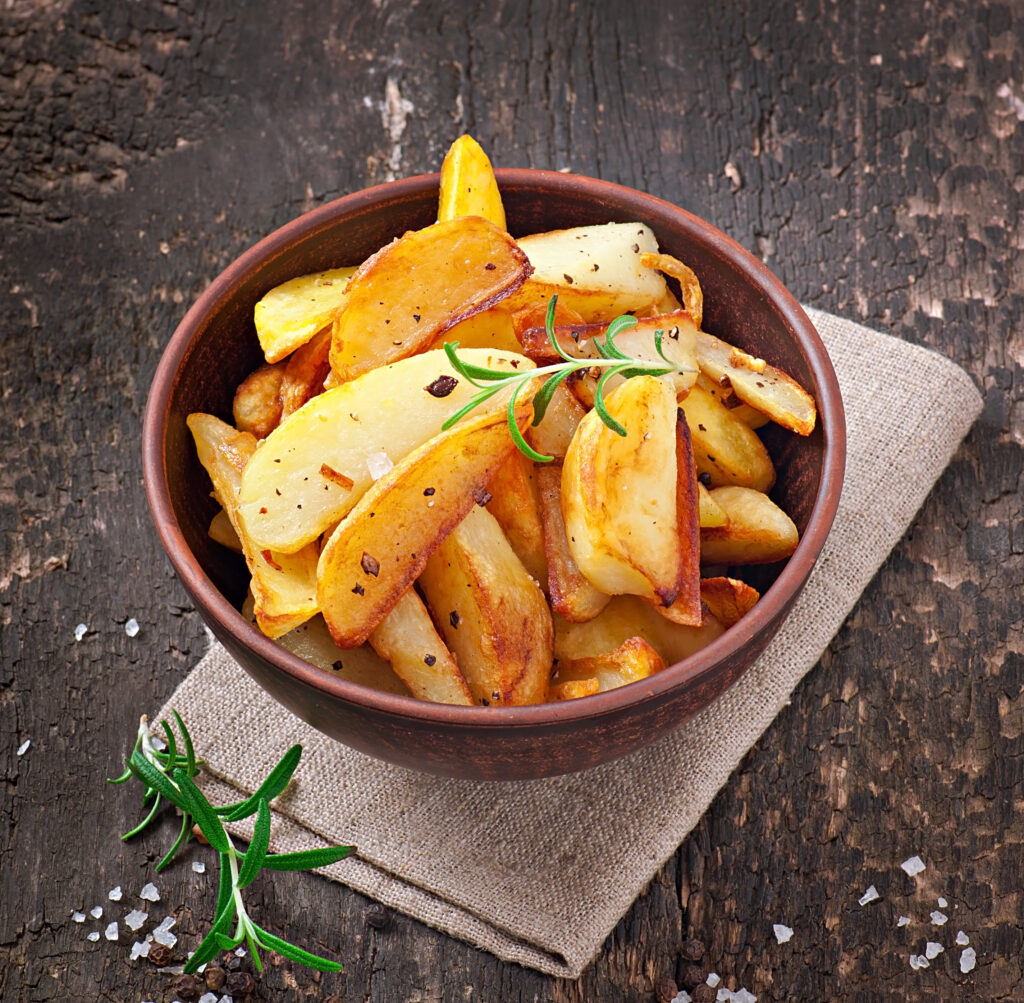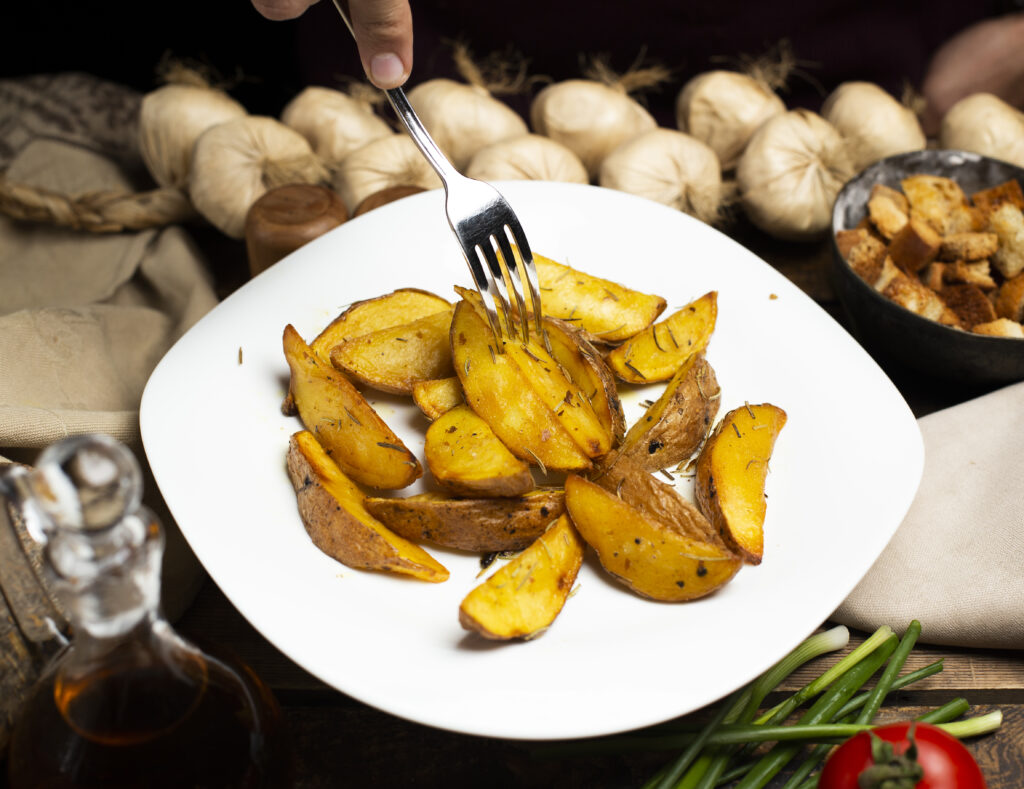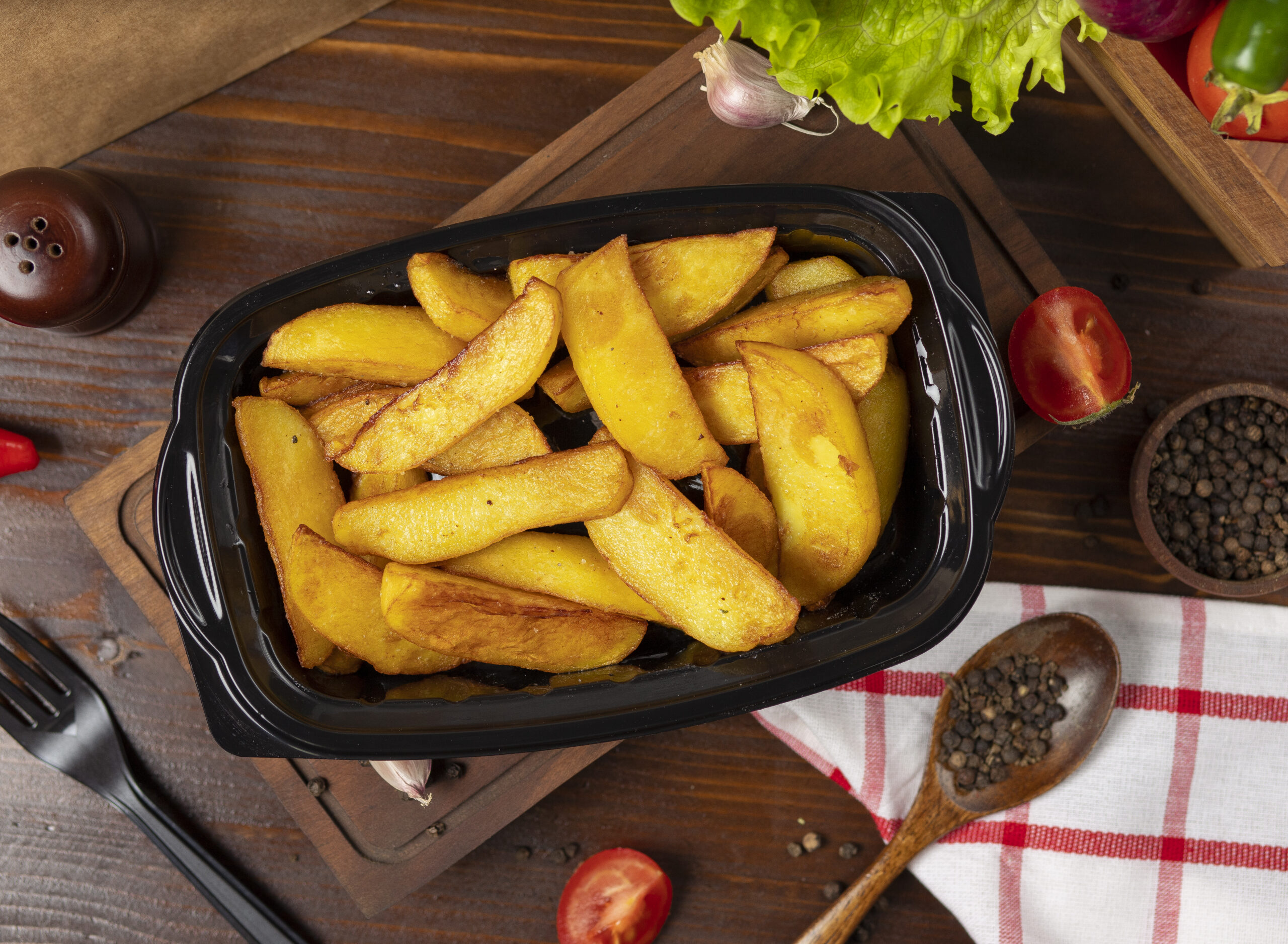Potato wedges are a beloved side dish, cherished for their versatility and satisfying crunch. Whether enjoyed alongside a juicy burger, served as a snack with a dipping sauce, or paired with a hearty salad, these crispy delights can elevate any meal. Making homemade potato wedges from scratch is not only simple but also allows you to customize flavors to suit your palate. Here, you will discover a comprehensive guide to crafting the perfect crispy potato wedges, complete with tips on selecting the best potatoes, achieving that sought-after texture, and infusing your wedges with delightful seasonings.
Choosing the Best Potatoes for Perfect Potato Wedges

The foundation of any great potato wedge recipe lies in the choice of potatoes. While many types can be used, certain varieties are particularly suited for achieving the crispy texture and delicious flavor of homemade potato wedges.
Russet potatoes are often the go-to choice due to their high starch content, which contributes to a fluffy interior and a crispy exterior when roasted. Other good options include Yukon Gold potatoes, which provide a buttery flavor and creamy texture, making them an excellent alternative. For those looking for a more colorful presentation, purple potatoes can add a unique twist.
When selecting your potatoes, look for firm specimens without any blemishes or sprouts. The size of the potatoes should be relatively uniform to ensure even cooking. Once you’ve chosen your potatoes, it’s important to wash them thoroughly to remove any dirt, as you’ll want to leave the skins on for added texture and flavor.
Mastering the Crispy Texture in Your Potato Wedges Recipe
The secret to crispy potato wedges lies in two crucial techniques: soaking the potatoes and the method of cooking. Start by cutting your potatoes into wedges, aiming for even sizes to promote consistent cooking. After slicing, soak the wedges in cold water for at least 30 minutes. This step helps to remove excess starch, which can inhibit crispiness. Soaking also helps to prevent the wedges from sticking together during the cooking process.
After soaking, drain and thoroughly dry the potato wedges with a clean kitchen towel. Moisture is the enemy of crispiness; ensuring the wedges are dry will lead to a better texture. Once dried, toss the wedges in a generous amount of oil. Olive oil is a popular choice for its flavor and health benefits, but you can also use vegetable or canola oil for a more neutral taste.
Now it’s time to season your wedges. A simple combination of salt and pepper works beautifully, but feel free to get creative. Paprika, garlic powder, and onion powder can add depth, while dried herbs like rosemary or thyme can infuse a lovely aromatic quality. Toss the wedges in the oil and seasoning until they are evenly coated.
For the best results, spread the wedges out in a single layer on a baking sheet lined with parchment paper. This helps promote airflow around the wedges, ensuring they roast rather than steam. Bake them in a preheated oven at 425°F (220°C) for about 30 to 40 minutes, flipping them halfway through to achieve an even golden-brown hue. The ideal potato wedge should be crisp on the outside and tender on the inside, creating a delightful contrast in textures.
Flavoring Your Potato Wedges

While the basic seasoning of salt and pepper is always a winner, there’s a world of flavor possibilities to explore when making potato wedges. Experimenting with different spices and herbs can turn your wedges into a standout dish that complements any meal.
For a classic approach, consider using a blend of herbs de Provence or Italian seasoning. These mixtures often include a variety of dried herbs that can elevate the taste profile of your wedges significantly. If you prefer a spicier kick, try adding cayenne pepper or chili powder, which will provide a delightful heat without overpowering the potato’s natural flavor.
Cheese lovers can also enjoy a cheesy twist by adding grated Parmesan or cheddar cheese during the last few minutes of baking. Simply sprinkle the cheese over the wedges and return them to the oven until it melts and becomes bubbly. This adds a rich, savory depth that pairs wonderfully with the crispy exterior.
For those who enjoy a sweet and savory contrast, consider tossing your wedges with a touch of cinnamon or nutmeg alongside traditional spices. This unexpected flavor combination can be particularly delightful when served with a yogurt-based dip or a tangy barbecue sauce.
Serving Suggestions for Your Homemade Potato Wedges
Once your potato wedges are perfectly baked and crispy, it’s time to think about how to serve them. These versatile wedges can accompany a variety of dishes, from grilled meats to vegetarian options. Pair them with a juicy burger for a classic meal, or serve them alongside fried chicken for a comforting feast.
For a healthier option, consider serving your potato wedges with a fresh salad. A simple arugula salad dressed with lemon vinaigrette can provide a refreshing contrast to the rich, crispy wedges. Alternatively, you can create a loaded wedge platter by topping them with sour cream, chives, and crumbled bacon, transforming them into a delicious appetizer or snack.
Dipping sauces are another fantastic way to enhance your potato wedges. Classic choices include ketchup, ranch dressing, or a zesty garlic aioli. For a gourmet touch, whip up a homemade spicy mayo by combining mayonnaise with sriracha or your favorite hot sauce. This adds an extra layer of flavor that will have everyone reaching for more.
In conclusion, making homemade potato wedges is a rewarding culinary adventure that allows for creativity and customization. By selecting the right potatoes, mastering the crispy texture, and experimenting with flavors, you can create a dish that is both satisfying and delicious. Whether served as a side or enjoyed on their own, these crispy potato wedges are sure to become a favorite in your kitchen.

Leave a Reply